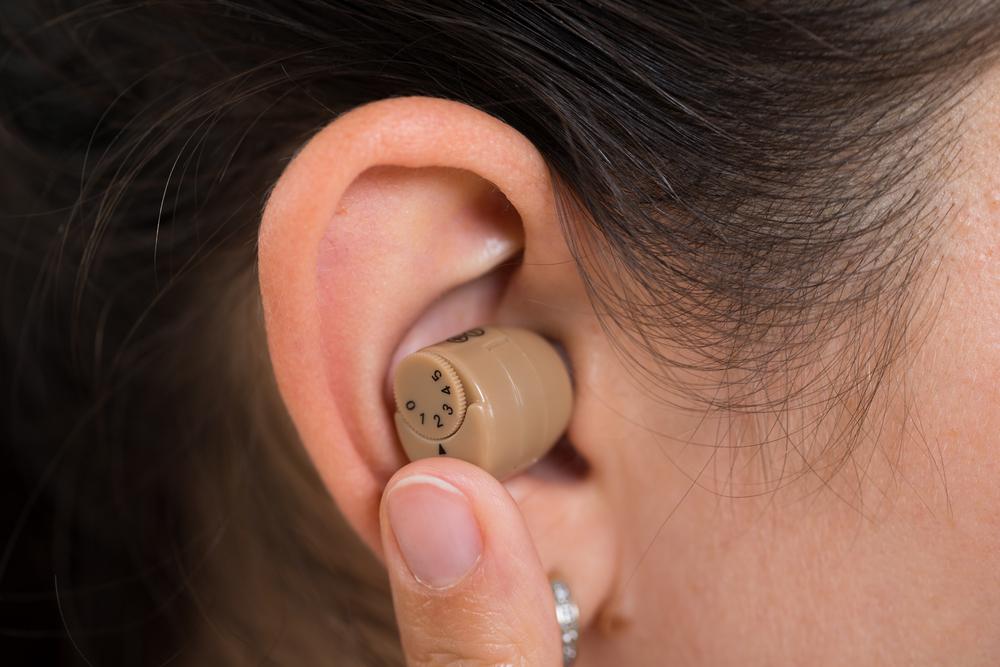Top 3 Types of Hearing Aids for Better Hearing Support
Discover the top three hearing aid types—BTE, mini-BTE, and IIC—that enhance hearing comfort and clarity. Learn about their features, benefits, and suitability for diverse hearing needs. Equipped with modern technology, these devices improve quality of life and hearing experience with ease of use and discreet design.

Top 3 Types of Hearing Aids for Better Hearing Support
Hearing aids consist of three essential parts: a microphone that captures sound, an amplifier that boosts volume, and a receiver that directs sound into the ear canal. Modern digital hearing devices utilize advanced chips to refine sound clarity, adjusting volume and frequency for optimal hearing improvement.
Below are three widely used types of hearing aids, each catering to different needs and preferences.
Traditional Behind-the-Ear (BTE) Hearing Aids
These devices feature electronic components housed in a case worn behind the ear. A tube connects the case to a custom earmold inside the ear canal, delivering amplified sound. BTE aids are ideal for individuals with severe hearing loss thanks to their broad amplification capabilities. They also feature easy-to-use controls and straightforward cleaning.
Mini Behind-the-Ear (mBTE) or Receiver-in-the-Canal (RIC) Devices
These hearing aids house a receiver that delivers sound deep into the ear canal via a slim wire and custom earmold. Known by various names like RIC, CRT, RITE, or RITA, they are highly comfortable and discreet. Their compact design makes them nearly invisible, although moisture and earwax can sometimes affect their durability. Larger versions are easier to handle and insert.
In-the-Canal (IIC) Hearing Aids
Sitting deep within the ear canal, IIC devices are minimalistic and nearly invisible, offering a natural hearing experience without feeling plugged. Some include directional microphones for improved sound focus. However, they may cause discomfort, have limited battery life due to their small size, and are susceptible to moisture and earwax clogging.
Note: The information shared here aims to educate readers about different hearing aid options. While research-backed, it should not replace professional advice. The site disclaims responsibility for discrepancies or offers not covered here.










